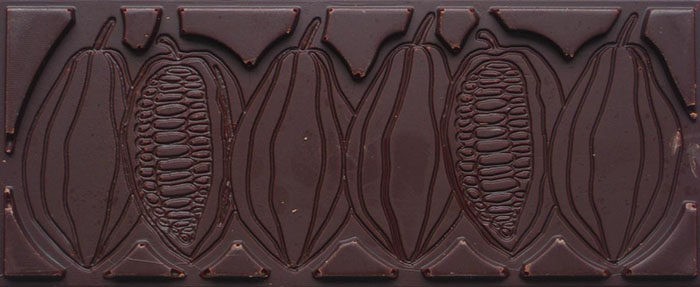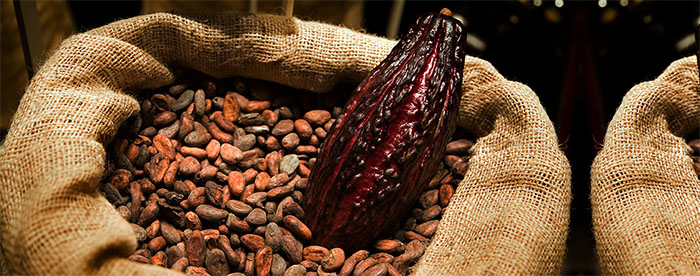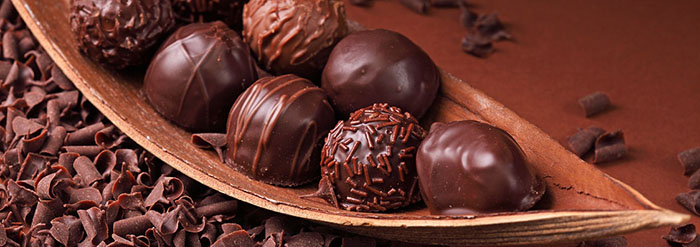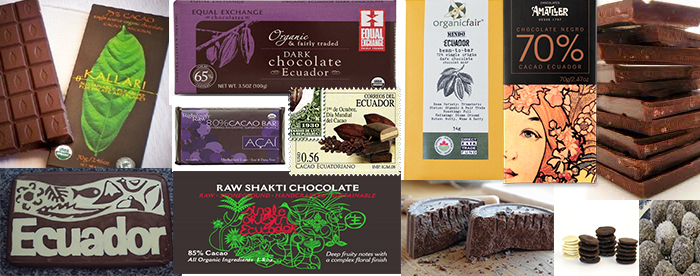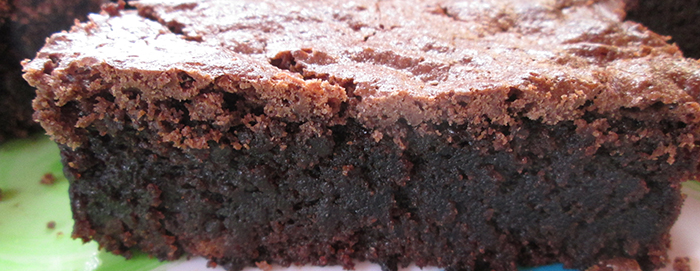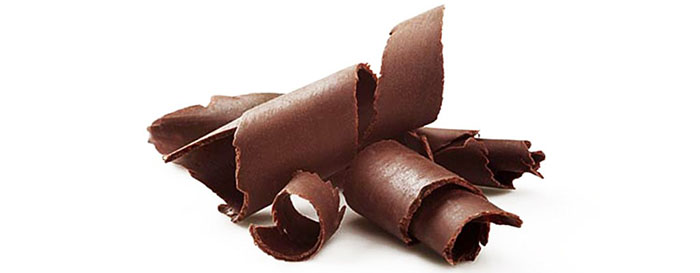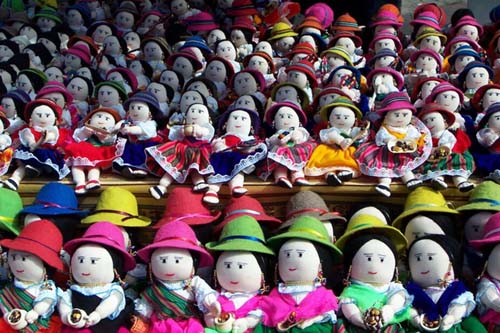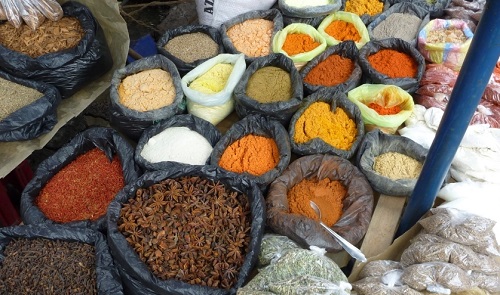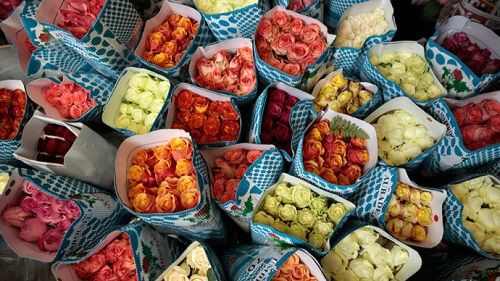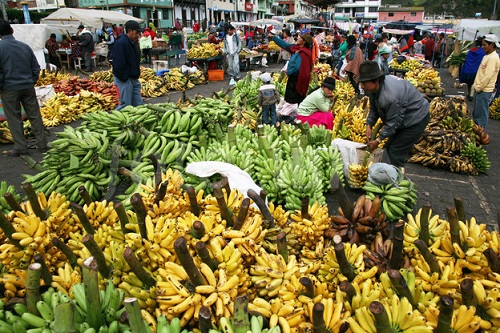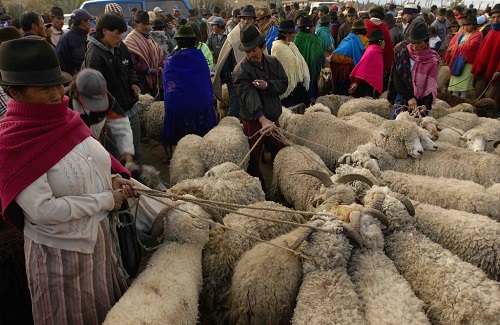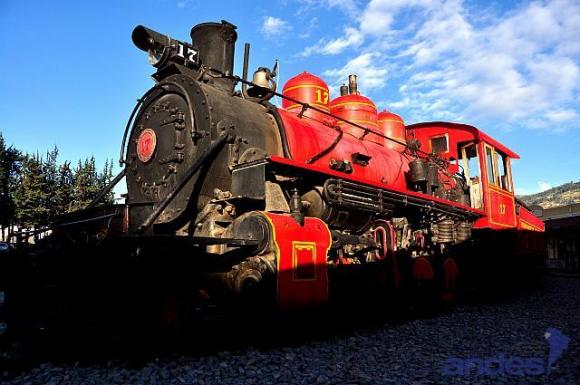Despite its small area, Ecuador constantly proves itself to be one of the most bewitching countries on the planet. The magnificent cross section of nature, cultures, geography, foods, activities, holiday destinations, people and languages all combine to assert this impressive little country’s status as a must-see destination in South America. Straddled either side of latitude zero, Ecuador never fails to amaze; from the Galapagos Island to the Coast, from the Sierra to the Amazon, nowhere else can one experience such incredible diversity. Maybe I’m biased because I live on the Pacific Coast but, over the last 30+ years, I have traveled through, lived in or visited 45 other countries on this planet, and Ecuador is the one place on Earth that has inspired me to grow roots and stick around for a while.
When I began to think about some of the wonderful things I love about Ecuador that I’d be proud to share with people who are thinking about visiting, or even staying for a while, I learned that many of my friends and acquaintances often felt the same way about the same things. Therefore, in the spirit of fairness, before I sat down to write this ten-part series, I asked everyone I know who lives now or has lived or traveled in Ecuador this one simple question: “What is/was the best thing about your experience of Ecuador?” This series of ten posts are all about what they said.
Wherever you travel in Ecuador, whether you are in the Capital, or in a small Amazonian village, it’s very difficult to ignore the local chocolate. If you don’t see vast orchards of cacao trees growing for miles and miles on either side of the road you are traveling along, there are often long strips of harvested cacao beans spread out to dry on the warm bitumen, and even on rooftops along the roadside. Apart from existing right alongside all the raw cacao products Ecuador has to offer a truly dedicated chocolate connoisseur, from the newly harvested beans to the highly processed bars, every supermarket, every souvenir shop, every tourist district, and even at the homes of countless families, there is a massive range of locally grown chocolate produced from organic cacao beans, nibs and powder, to exquisitely flavored truffles filled with caramels, nuts and liquors, and simple chocolate bars; the darkest of dark to the milkiest of milk, and from the simple ground beans that are used to make Bliss Bombs, Brownies, Mud Cakes, and everything else in between. There is no doubt that Ecuador is a chocoholics wonderland.
In Aztec times, the cacao bean was so valued, it was used as a form of currency, however there is evidence of chocolate beverages being consumed as far back as 1900BC. Fermented, roasted, and ground Theobroma cacao beans can be traced to the Mokaya and other pre-Olmec people in the lowlands of south-central Mexico. Christopher Columbus encountered cacao beans on his fourth trip to the Americas in 1502 when he and his crew stole a large native canoe that contained cacao beans for trade. During the 16th century, chocolate was transported to Europe for the first time. I’m sure the actual history is well documented. Here’s my version of how it all went down: I imagine a Spanish aristocrat aboard his galleon, trying the brew for the first time. A handful of crushed cacao beans boiled with water. Poured into a pewter mug. His first taste of hot chocolate; very bitter. He screws up his face. The servants don’t like it, each sneaking a taste in the galley, sipping delicately at the wooden spoon. Everyone below decks rejects it as awful. Undeterred, the aristocrat adds sugar. Stirs it into the hot liquid. Brings it once again to his lips. His eyes widen as he realizes his discovery. Closing his eyes, he purses his full round lips and sips again. His taste buds are overwhelmed by a sense of lush pleasure. Almost sinful. The servants nudge each other. Sugar. Of course. He wonders if he should share this culinary gem, then becomes concerned the authorities might not like it. He decides not to tell them about the sugar. Thus, initiating Europe’s historical, revolutionary and, at times controversial, “discovery” of chocolate.
Where I live on the northwest coast of Ecuador, Doña Sara, one of the local characters and a very good friend, roasts her locally grown cacao beans the traditional way, in large clay pot over a slow coal fire. Countless times we have sat together chatting as she stirs the beans through a handful of ashes with a large wooden spoon, toasting them just enough so the skins crack and they’re ready to peel and grind. We spend the afternoon getting blisters on our fingers from peeling the hot beans, occasionally popping one into our mouths and chewing slowly to extract the bitter dark chocolate flavor. The beans are poured into the mouth of a hand-grinder and everyone takes a turn at the wooden handle, as Sara forms the rich paste into balls and sets them onto a tray. She sells them when they’ve dried. Even using this simple process, Ecuadorian chocolate can be transformed into the most delicious cakes, brownies, drinks and treats. There are at least two chocolate experiences that are definitely “bucket list” every chocoholic should try at least once. Be careful. These two activities are one way tickets to Foodgasm Central!
1. Suck the fresh white fruit from the seeds inside a freshly harvested cacao pod
2. Chew on a hot roasted cacao bean until it’s almost liquid, then bite on a fresh strawberry.
The health benefits of organic locally grown and roasted cacao beans are numerous. Cacao is a rich source of antioxidants such as procyanidins and flavanoids, which many say have anti-aging properties. Cacao in particular contains high levels of flavonoids, specifically epicatechin, which is said to have benefits for cardiovascular health. There have even been scientific studies with Panamanian Indians which discovered significantly lower rates of heart disease and cancer among the natives, compared to those who do not consume cacao. It is said that increased blood flow after the consumption of flavanol-rich cacao helps to improve heart and organ health, and also brain function. Of course, once sugar and additives are mixed with the raw product, and it becomes a highly processed food, those health benefits rapidly decrease. However, when you are in Ecuador at least, sticking to the delicious raw organic product in all its varieties is not that hard to do, and the next time someone tells you that chocolate is bad for your health, you can simply bite into a fresh strawberry and show them it really isn’t.
For more ideas about what to do while you are traveling in Ecuador, get in touch with Footprints.

